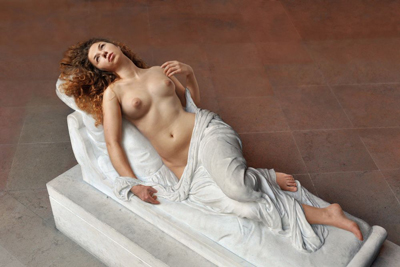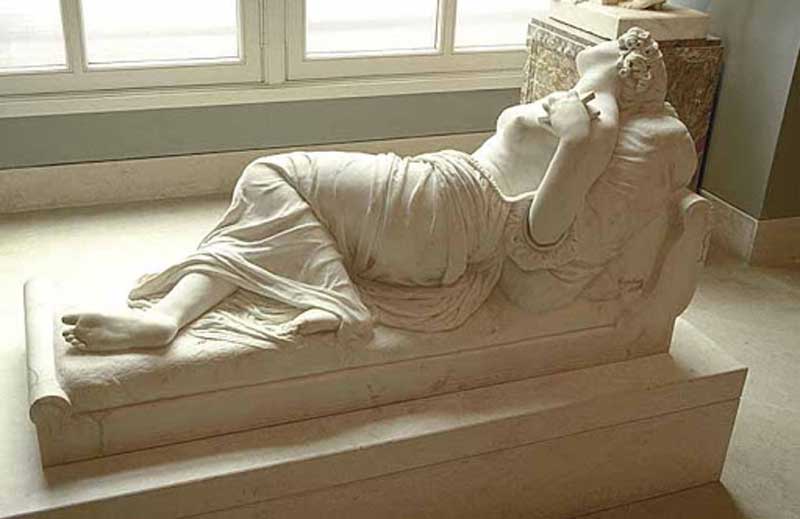
Siesta is a Spanish word that stands for a nap or a short sleep, usually taken after the midday meal, which is rather a common traditional practice in some countries, particularly those where the weather is warm and humid. Siesta or sleep and dreams have always inspired the artists throughout the ages around the world and Denis Foyatier, the French sculptor in the neoclassical style was not an exception to it.
Born on 21 September 1793, Foyatier was the son of a modest weaver. After the death of his father, he left his village, joined the Special Drawing School in Lyon and started by working on religious figures. In the school, he worked under the guidance of Joseph Charles Marin from 1813 till 1816, when he was awarded a prized scholarship. That scholarship helped him to join the National Higher School for Arts and Crafts in Paris in 1817. There he came in touch with the neo-classical sculptor Francois- Frederic Lemot, who probably changed his outlook. He first exhibited his works at the age of 26, in 1819 and was awarded a scholarship for the French Academy in Rome at the Villa Medicis. He excelled both as a sculptor and a painter and died on 19 November, after a brilliant career. He left behind many memorable works, some of which have been unfortunately lost and some were melted down during the Second World War. One of his famous creations was the larger-than-life marble statue of Spartacus that he created in 1830, which was very much appreciated and well known.

La Siesta, the beautiful marble sculpture, depicting a voluptuous woman lost in her sleep was created by Foyatier in 1848. It seems that the lady in the sculpture intentionally uncovered the buxom upper part of her delicate body to get some relief from the hot day. She was relaxing and going through a book lazily, when drowsiness overtook her. It is also evident that she does not care about her nakedness, or not at all worried about being spied.
It may be argued that the sculptor scandalously exposed the ample breasts of the woman to attract the male-gaze, but there is little doubt that the delicacy of feminine beauty was masterly carved by the master artist.
